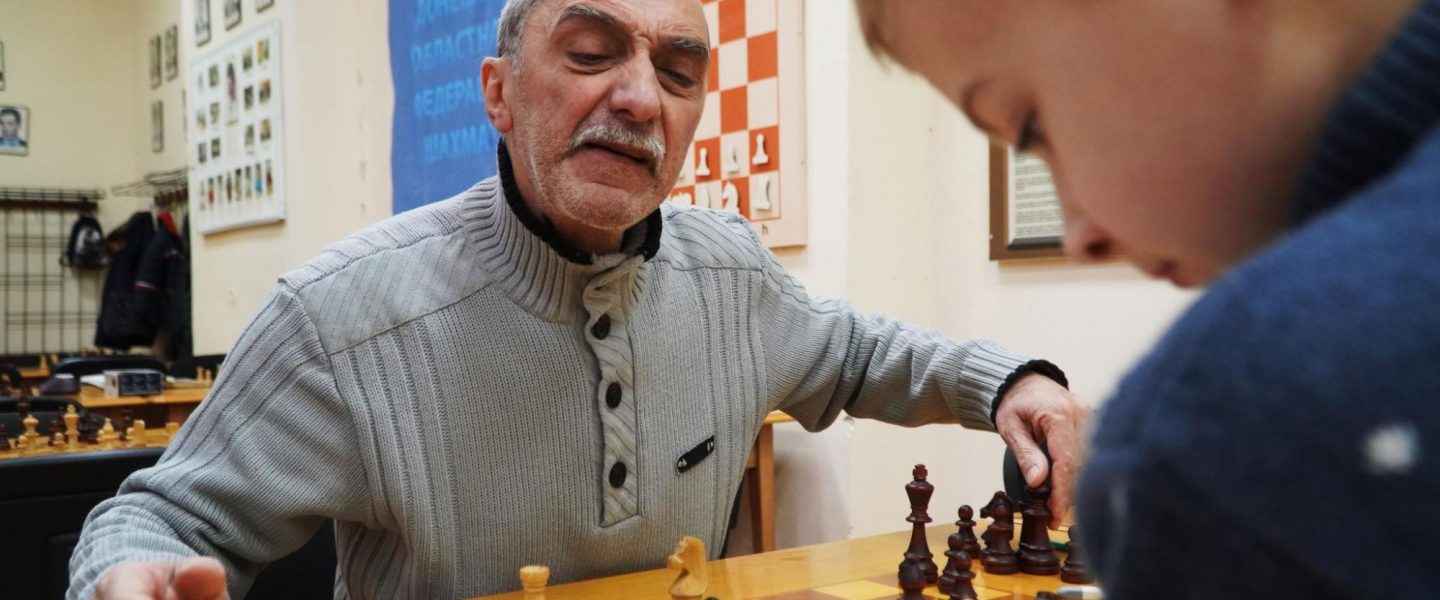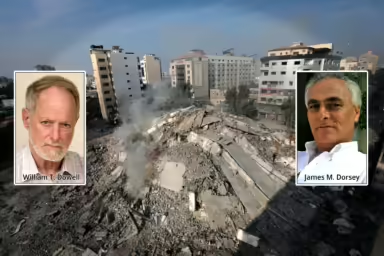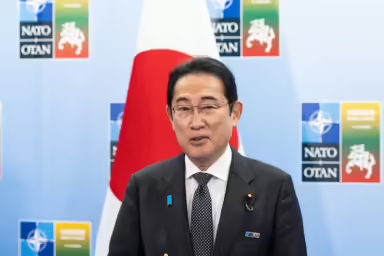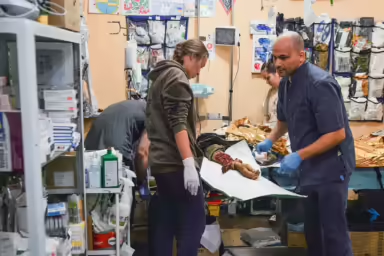A chess club and a zoo provide the illusion of normalcy in eastern Ukraine despite continuing missile attacks from Putin’s “special military operation.”
|
Listen To This Story
|
KRAMATORSK, Ukraine — A Russian missile blew out the windows of the Kramatorsk Chess Club in the Donbas region in eastern Ukraine last year. The missile was aimed at the apartment building across the street; the chess club was collateral damage. Sheets of particle board now shield the kids and their teachers from the freezing weather outside and, more importantly, from the reality of living in a war-torn city.
Inside the club today, everything is about the opponent’s king. How to isolate and pressure him from different angles before finally making the kill. Pawns are sacrificed left and right on the board, where 12-year-old Kyrill concentrates on finding a weakness in his teacher’s defense strategy. The objective is not only victory but also distancing oneself from the war outside..
While the children here are focused on the game, just 18 miles away soldiers are facing a Russian onslaught at the front. Less than half of Kramatorsk’s original population of roughly 150,000 people remain after the Russian invasion. The city is now mostly full of soldiers.
“I really like chess. It is a wonderful game,” says Kyrill, who finds that chess demands that you outsmart your opponent, examine your opponent’s defense, and exploit its weaknesses.
Kyrill is struggling against his teacher, a veteran at the chess club. He makes mistakes and corrects them. The club, which reopened last year after briefly closing when Russian tanks first rolled across the border, has a long history of hatching grandmasters.
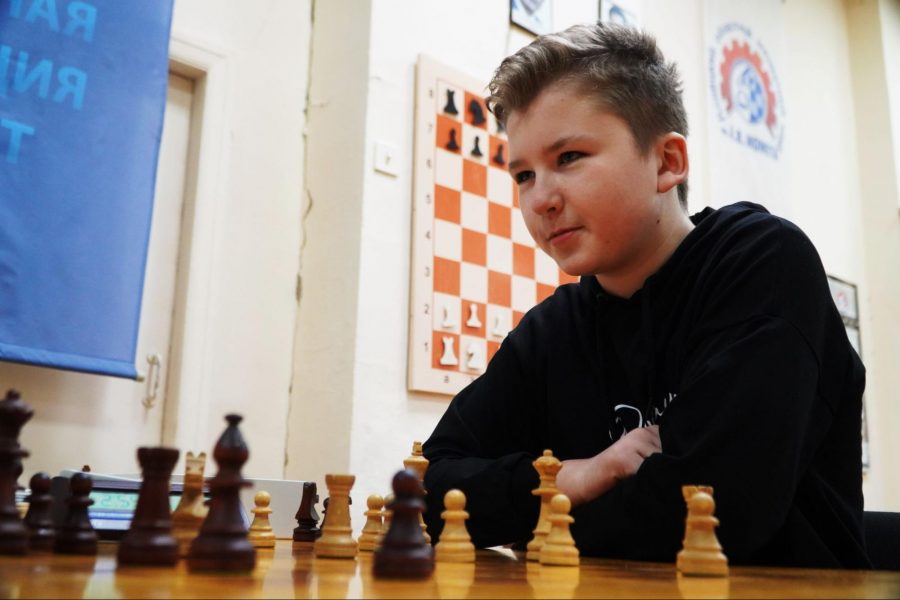
Many of the other clubs around the city are still closed. These clubs used to enable Kramatorsk’s youth to play basketball and soccer, as well as to take art classes and explore nature without having to fear being blown up by anti-personnel mines. Today, schooling is primarily online. That makes it hard for students to see and interact with their friends. Despite the danger from Moscow’s missiles, the chess club reopened to give youth a sense of normalcy.
“The opportunity to meet here with their peers allows the kids to escape from the situation everyone in Ukraine faces today, but that situation is far worse near the frontline,” says the club’s director, Alexander Martynkov.
“They talk about chess, but it also gives them a chance to talk about other issues that are even more vital. They can make friends, play, walk around. That is, they can lead a full child’s life, which is what children should do,” adds Martynkov.
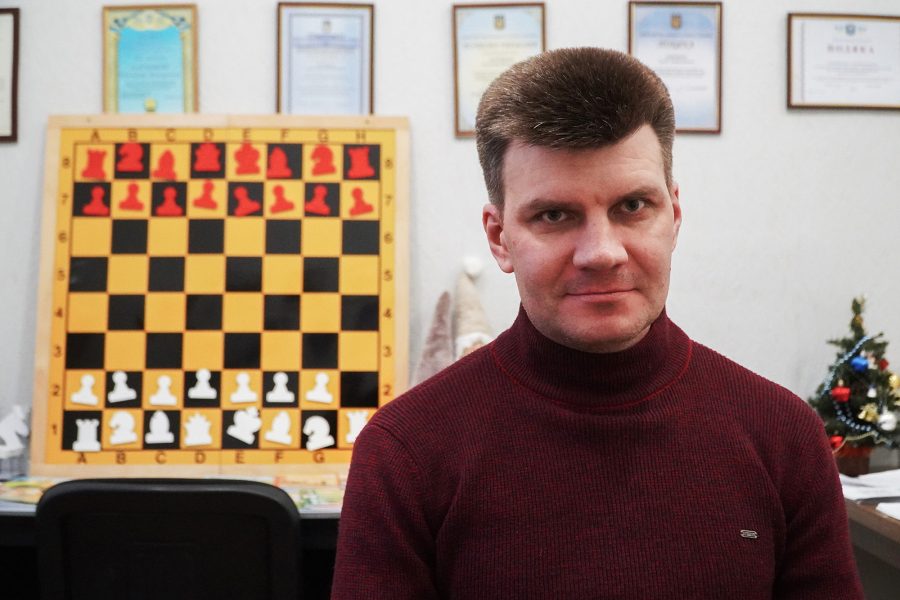
War Creeps In
Ideally, children should not be living near the front, where Russian missiles routinely reduce apartment buildings and houses to rubble. However, kids can be seen everywhere in Kramatorsk, running around playgrounds and in the few open clubs.
It’s hard to know the total number of children who have been killed since the Russians invaded in 2022. The frequent missile attacks kill more each week.
The Russians have retaken the initiative since the Ukrainian counteroffensive stalled last year. The stalemate that resulted crushed the dreams of a quick victory that were held by many Ukrainians. The lack of ammunition resulting from the political deadlock in the US Congress has left many Ukrainian units struggling to survive. The EU’s inability to produce enough ammunition to meet the Ukrainian needs has compounded the situation.
At the chess club, teenagers discuss everything while the game continues. A small kid sits at the edge of his chair, thinking about his next move. Children clustered around him talk about what they will have for dinner that night, whether they should meet on the weekend, and a little about the war.
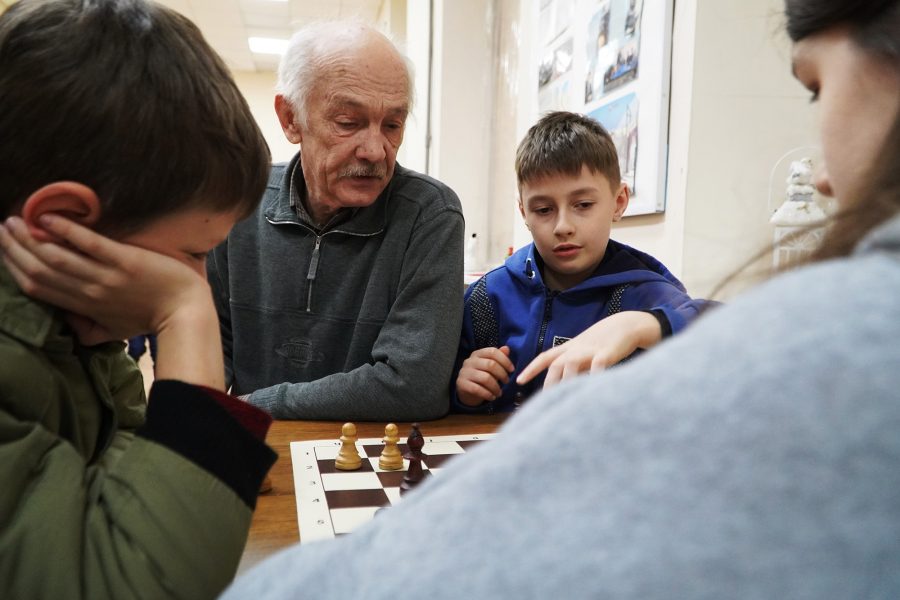
“Come on, it is your turn,” says one of the kids to his younger rival, who is taking a long time to decide. He has the upper hand and doesn’t want to blow it.
A teacher, 59-year-old Gennady Arakelov, walks from table to table and corrects the children’s play. He provides them with booklets full of chess puzzles that they have to solve. They get homework, and he critically examines their efforts.
“You see for yourself, there are joyful faces here,” says Arakelov. “The city has been physically damaged by the war,” he adds,“but children are children. They learn to cope.”
Arakelov’s own son is at the front line and another son returned home after being shell-shocked by a Russian attack. Arakelov knows that the war is never far away and nobody can say what will happen next, but he says it is impossible to sit and do nothing. While the soldiers defend the country at the front line, he tries to protect the children’s psychological wellbeing.
“It was essential that we reopen.” he says. “We had to start from scratch again. By the time we reopened, the broken glass had been removed, the trash had been removed, the floors had been washed, everything. They sealed [the windows] with film so that, God forbid, the glass would not fall from the frame. We have to keep living.”
A Zoo Stands Firm
The chess club is not the only civilian cultural organization to defy the danger of remaining near the war’s frontline. Less than 20 miles away, a zoo is home to more than 300 animals. Tigers, lions, monkeys, and even a black panther roam behind the bars of their cages while families look at them with awe. The threat from Russian missiles is just as real here as it is in Kramatorsk. Explosions frequently send tremors through the ground, making the animals nervous. But the zoo stays open.
For a ticket costing the equivalent of roughly $3, just about anyone can temporarily escape the reality of war for a while.
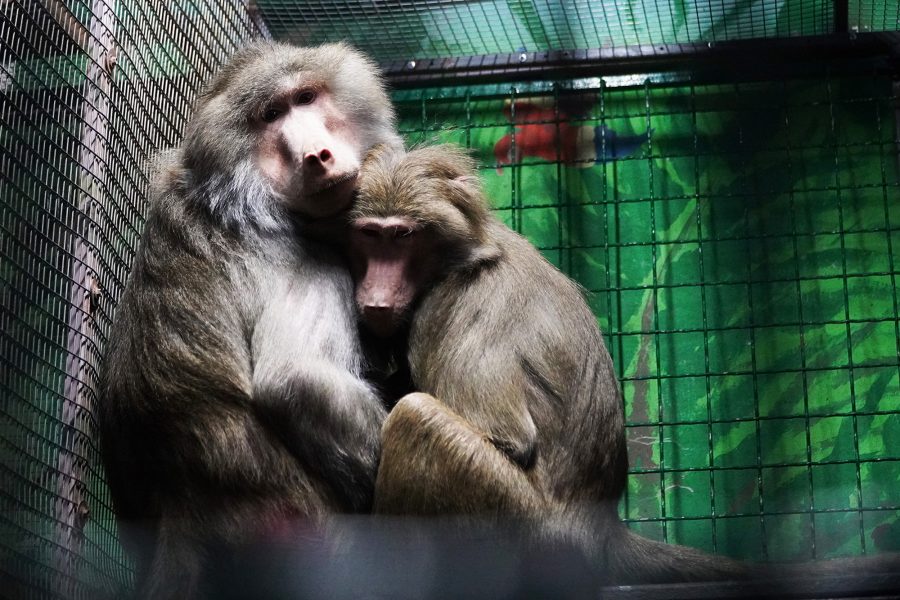
“The situation was already like this when the full-scale invasion began,” says zoo manager Oksana Nikulina. For everyone in the Donbas, the war began in 2014, when the Russians seized Crimea. She continued:
Almost all workers left. Everyone was scared. We still have problems with staff, but we are open. We get help with food from organizations. We want to stay open because it is important for the people who live here, who need a break. But it is also important for the animals. I can see how much more alive they are when we have visitors.
The zoo has also taken in many animals that had to be evacuated from the front line since the war began. There are goats, rabbits, and lots of parrots. Some animals are outside, and others are inside, shielded from the bitter frost. The monkeys make a constant noise. “It might be hard to understand,” says Nikulina, “but everyone who remained here needs a little distraction. You need to be able to unload and not think about anything at all and just relax.”
A Break From Reality
More than two years after the Russian invasion, Nikulina stresses that it is impossible to sit at home and be constantly scared. People need to get out. It is not because the situation is much better than a year ago, but people have a drive to live.
In the zoo, 28-year-old Alina, who doesn’t want to give her last name, walks around with her four-year-old daughter Margarita, who cannot take her eyes off the animals. She and her mother have come from a neighboring village to take a break from the constant news of death and destruction.
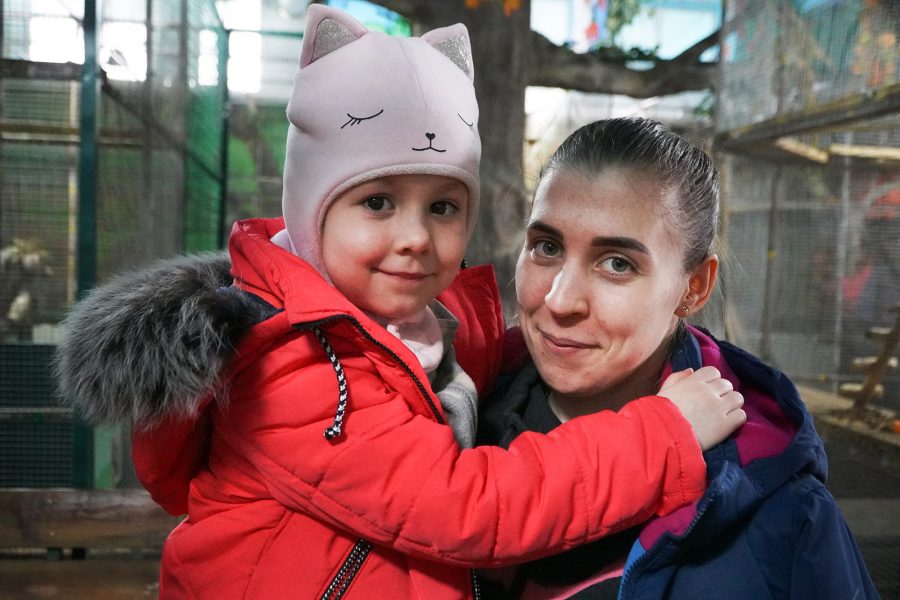
Alina has to answer many questions. What kind of animal is that? What can it do?
“People live like they did before, more or less. People adapt,” Alina told WhoWhatWhy. “We didn’t want to evacuate because I am not sure where we should go. Russia is shooting everywhere, in all of Ukraine, so why not stay home where at least you know everything.”
She says that she is grateful that the zoo is open. Back in 2022, when everything closed and people hid in their basements, the city felt empty. It was intolerable.
“This visit is a great motivation for us. If the animals were taken away and everything closed down again, I can only imagine what it would do to people’s mental health,” says Alina. “People would be depressed. Now, we try to live despite the war. With the war.”
